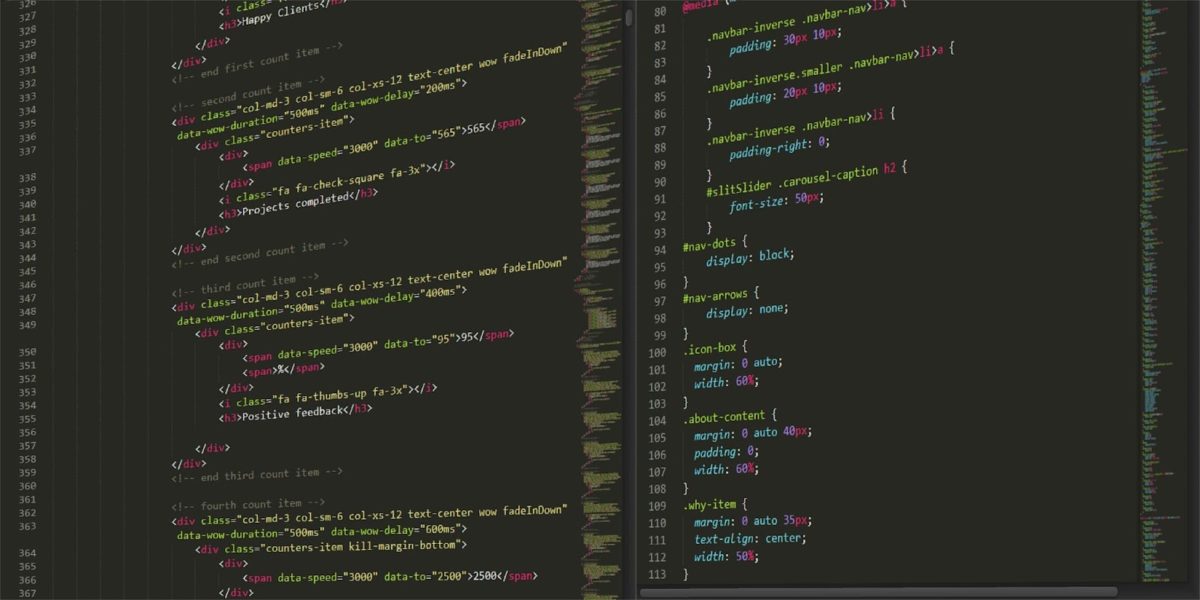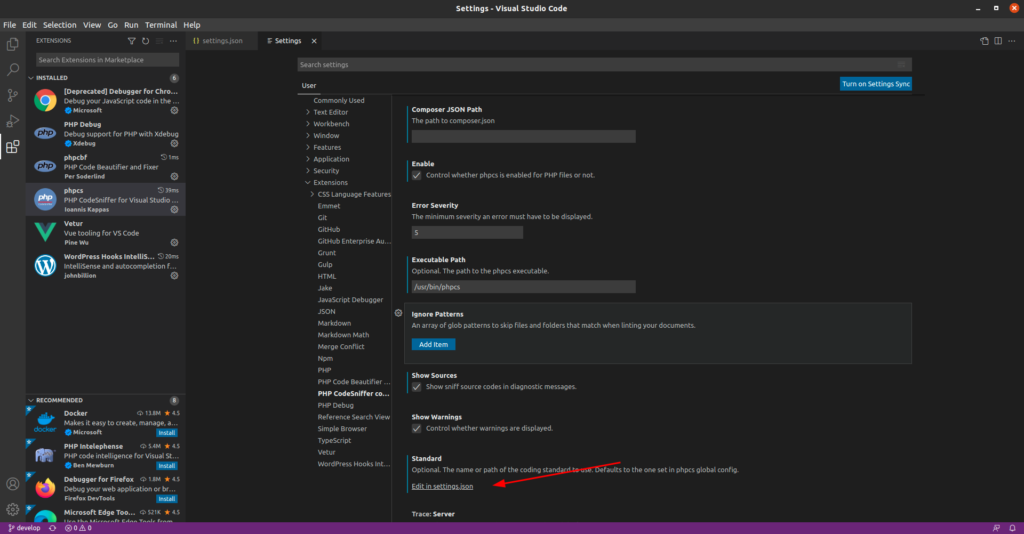In today’s digital landscape, website security is no longer optional—it’s a necessity. With WordPress powering over 40% of the web, it’s a prime target for malicious actors. Fortunately, by implementing robust security measures, you can safeguard your site against vulnerabilities, data breaches, and unauthorized access.
In this article, we’ll explore three key security enhancements:
- Implementing two-factor authentication (2FA) and single sign-on (SSO) for better user authentication.
- Customizing security headers to prevent common exploits.
- Running regular security audits using tools like WPScan or custom scripts to identify and fix vulnerabilities.
Enhancing Authentication with 2FA and SSO
Authentication is the first line of defense against unauthorized access. Strengthening it with two-factor authentication (2FA) and single sign-on (SSO) significantly reduces the risk of brute-force attacks and stolen credentials.
Two-Factor Authentication (2FA) in WordPress
2FA requires users to verify their identity using a second form of authentication, such as a one-time password (OTP) or a verification code sent to their device. This added layer of security prevents attackers from logging in with stolen credentials alone.
To enable 2FA in WordPress:
- Use a Plugin: Install a plugin like WP 2FA, Two-Factor Authentication, or Shield Security. These plugins offer TOTP-based (time-based one-time password) verification through apps like Google Authenticator or Authy.
- Backup Codes: Enable backup codes in case users lose access to their 2FA device.
- User Role Restrictions: Apply 2FA only to administrators and editors if you want to reduce friction for regular users.
💡 Tip: Require 2FA for all admin accounts and recommend it for contributors and editors to strengthen backend security.
Single Sign-On (SSO) for WordPress
SSO allows users to authenticate once and access multiple applications without repeatedly logging in. It enhances user experience while reducing the risk of weak or reused passwords.
To implement SSO:
- Choose an SSO Plugin: Use plugins like miniOrange SSO, Nextend Social Login, or WP OAuth Server. These integrate with providers like Google, Microsoft, or Okta.
- Configure the Identity Provider (IdP): Define your trusted authentication provider in the plugin settings.
- Test the SSO Flow: Ensure smooth authentication and proper role assignment after logging in.
🔒 SSO reduces password fatigue and streamlines authentication, especially for multi-site WordPress networks.
Strengthening Security with Custom Headers
Security headers protect your WordPress site from common exploits like XSS (Cross-Site Scripting), clickjacking, and data injection. By customizing HTTP security headers, you can significantly reduce the attack surface.
Key Security Headers to Implement
Content Security Policy (CSP):
CSP controls which resources (scripts, styles, images) the browser can load. It helps prevent XSS attacks by blocking unauthorized scripts. Example CSP header:
Header set Content-Security-Policy "default-src 'self'; script-src 'self' 'unsafe-inline'; style-src 'self' 'unsafe-inline';"'self': Allows resources only from the same domain.'unsafe-inline': Permits inline scripts and styles (use carefully).- Specify trusted domains for third-party services (e.g.,
cdn.example.com).
X-Content-Type-Options:
Prevents browsers from MIME-sniffing, which can lead to unintended content execution. apacheCopyEditHeader set X-Content-Type-Options "nosniff"
X-Frame-Options:
Protects against clickjacking by preventing your site from being embedded in iframes.
Header set X-Frame-Options "SAMEORIGIN"SAMEORIGIN: Only allows embedding from the same domain.DENY: Blocks all iframe embedding.
Strict-Transport-Security (HSTS):
Forces browsers to use HTTPS connections, preventing man-in-the-middle attacks.
Header set Strict-Transport-Security "max-age=31536000; includeSubDomains; preload"max-age: Enforces HTTPS for one year.includeSubDomains: Applies to all subdomains.preload: Adds your site to the HSTS preload list.
✅ Custom security headers fortify your WordPress site against multiple web vulnerabilities by tightening browser security rules.
Performing Regular Security Audits with WPScan and Custom Scripts
Routine security audits are essential for identifying vulnerabilities before they can be exploited. Using tools like WPScan and custom scripts helps you detect outdated plugins, weak passwords, and misconfigurations.
Using WPScan for Security Audits
WPScan is a widely-used command-line tool that scans WordPress sites for known vulnerabilities.
To run a basic WPScan audit:
Install WPScan:
On Linux or macOS, run:
sudo gem install wpscanScan Your Site:
wpscan --url https://yourwebsite.com --enumerate u--url: Specifies the site to scan.--enumerate u: Enumerates usernames, revealing potential targets.
Review the Report:
WPScan highlights vulnerabilities in core files, plugins, and themes, along with weak usernames and outdated versions.
Custom Scripts for Security Audits
For tailored security checks, create custom PHP or Bash scripts to detect issues like file changes, invalid permissions, or unauthorized logins.
Example: Detect files modified in the last 24 hours (Linux):
find /var/www/html -type f -mtime -1
Example: List files with incorrect permissions (PHP):
$files = new RecursiveIteratorIterator(new RecursiveDirectoryIterator('/var/www/html'));
foreach ($files as $file) {
if (is_file($file) && substr(decoct(fileperms($file)), -3) !== '644') {
echo "Insecure permission: " . $file . "\n";
}
}
⚠️ Regularly running these scripts helps you spot unauthorized changes and potential security loopholes.
WordPress security is not a one-time fix—it’s an ongoing process. By implementing 2FA and SSO, customizing security headers, and running regular audits, you significantly reduce the risk of security breaches.
Here’s how to get started:
- Enable 2FA for all admin users and implement SSO if your site uses multiple services.
- Add CSP, HSTS, and X-Frame-Options headers to prevent common attacks.
- Schedule regular security audits with WPScan and custom scripts to catch vulnerabilities early.
By making security a priority, you not only protect your WordPress site but also build trust with your users—and that’s worth every effort.


